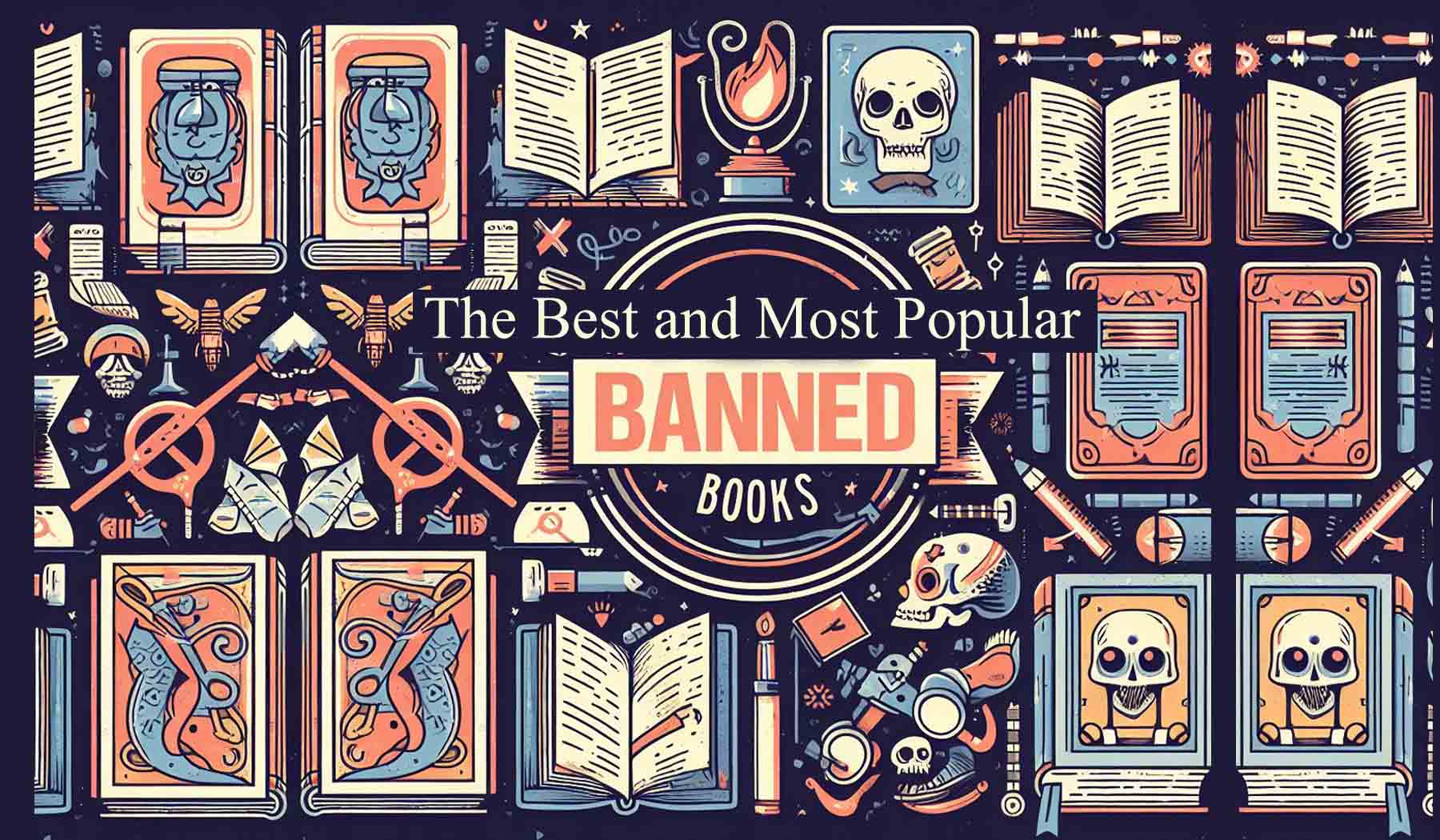In the realm of literature, a select group of books has managed to spark both admiration and controversy.
These are the banned books, works that have faced censorship and opposition due to their bold themes, challenging ideas, and thought-provoking content.
In this comprehensive blog post, we will take an in-depth look at the best and most popular banned books that have left an indelible mark on both literature and society.
Unveiling the Forbidden: Why Books Get Banned
Before delving into the intriguing world of banned books, it’s crucial to understand the motivations behind their prohibition.
Censorship, often stemming from concerns about offensive language, explicit content, or controversial themes, has led to the suppression of numerous literary treasures. Social norms, political agendas, and religious beliefs have all played a significant role in shaping the landscape of banned literature.
The Classics That Defied Conformity
1. 1984 by George Orwell
George Orwell’s dystopian masterpiece, 1984, stands as a poignant critique of totalitarianism and government control.
Its chilling portrayal of a society devoid of individualism and privacy has led to numerous bans and challenges, making it a symbol of intellectual resistance.
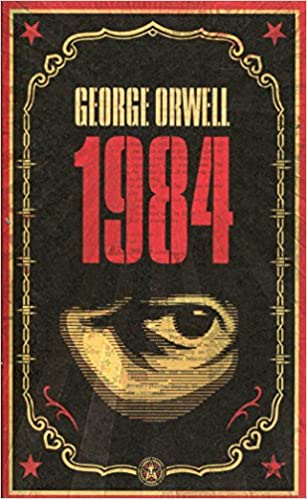
2. Brave New World by Aldous Huxley
Aldous Huxley’s Brave New World presents a future where science and technology have reshaped humanity’s core values.
Provocative themes surrounding genetic manipulation, social conditioning, and loss of individuality have stirred debates, earning the book a spot on banned lists.
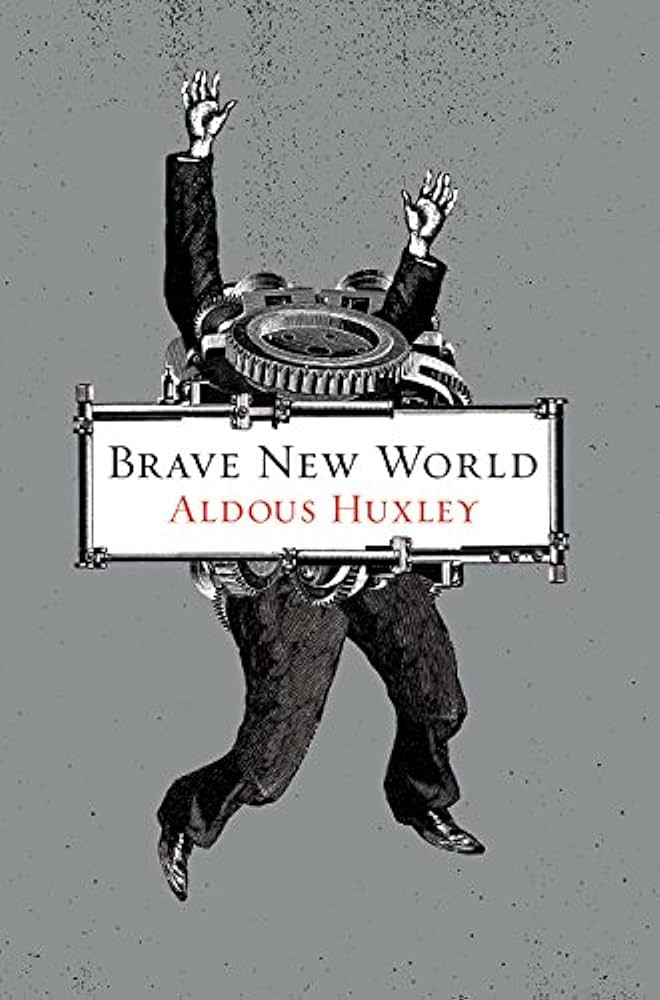
3. To Kill a Mockingbird by Harper Lee
Harper Lee’s exploration of racial injustice and moral growth in To Kill a Mockingbird has made it a cornerstone of American literature.
However, its portrayal of sensitive topics has led to challenges and removals from school curricula, igniting discussions about education and representation.
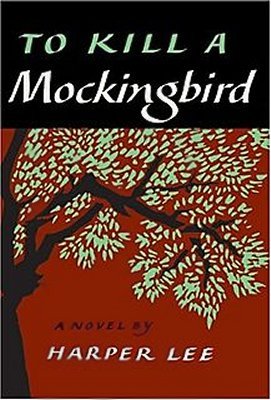
Taboo Tales and Controversial Chronicles
4. Lolita by Vladimir Nabokov
Vladimir Nabokov’s Lolita is a prime example of a banned book that tackles taboo subject matter.
The novel’s narrative, centered around a middle-aged man’s obsession with a young girl, has drawn criticism for its explicit content and provocative themes, pushing societal boundaries.
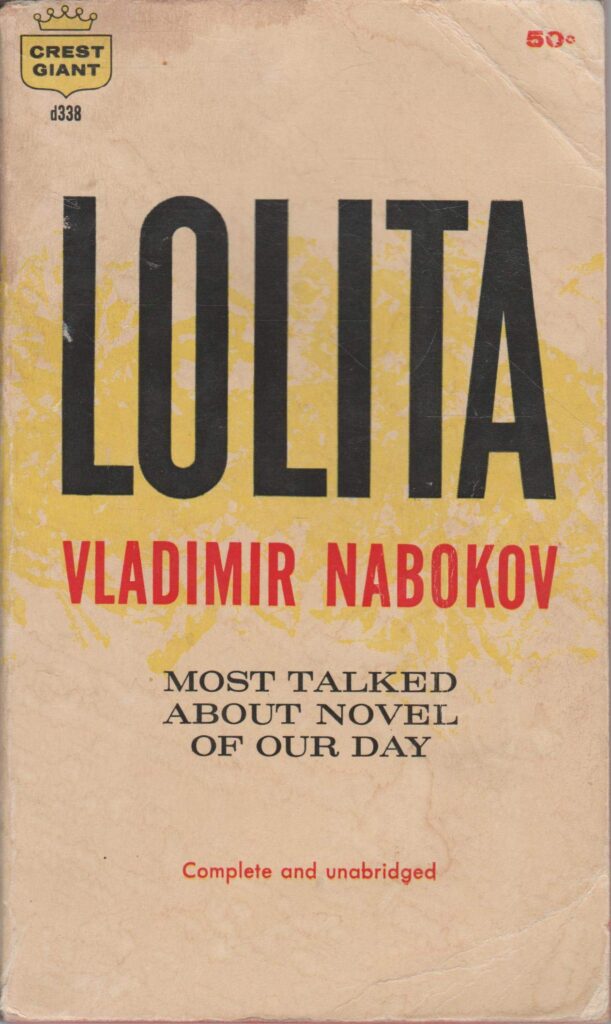
5. The Catcher in the Rye by J.D. Salinger
J.D. Salinger’s coming-of-age classic, The Catcher in the Rye, has faced challenges due to its strong language and portrayal of teenage rebellion.
Its relatable yet controversial themes have sparked conversations about adolescence, mental health, and societal norms.
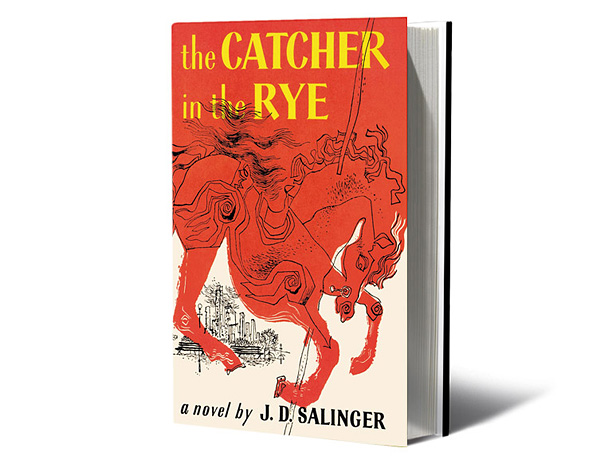
6. Fahrenheit 451 by Ray Bradbury
Ray Bradbury’s Fahrenheit 451 explores the dangers of suppressing literature and free thought. Its narrative, centered around a future where books are burned to control society, has led to challenges due to its perceived critiques of authority and censorship.
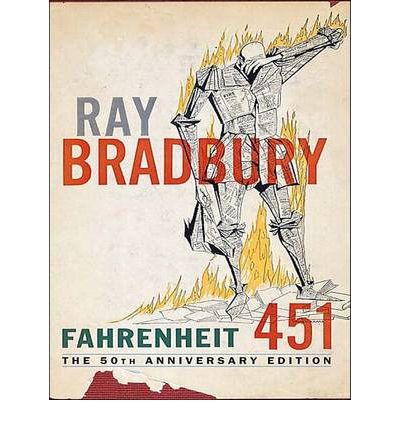
Pushing Boundaries and Igniting Minds
7. The Color Purple by Alice Walker
Alice Walker’s Pulitzer Prize-winning novel, The Color Purple, addresses issues of race, gender, and sexuality in the early 20th century South.
Its unflinching portrayal of abuse and trauma has made it a target of bans, while simultaneously positioning it as a symbol of resilience and empowerment.
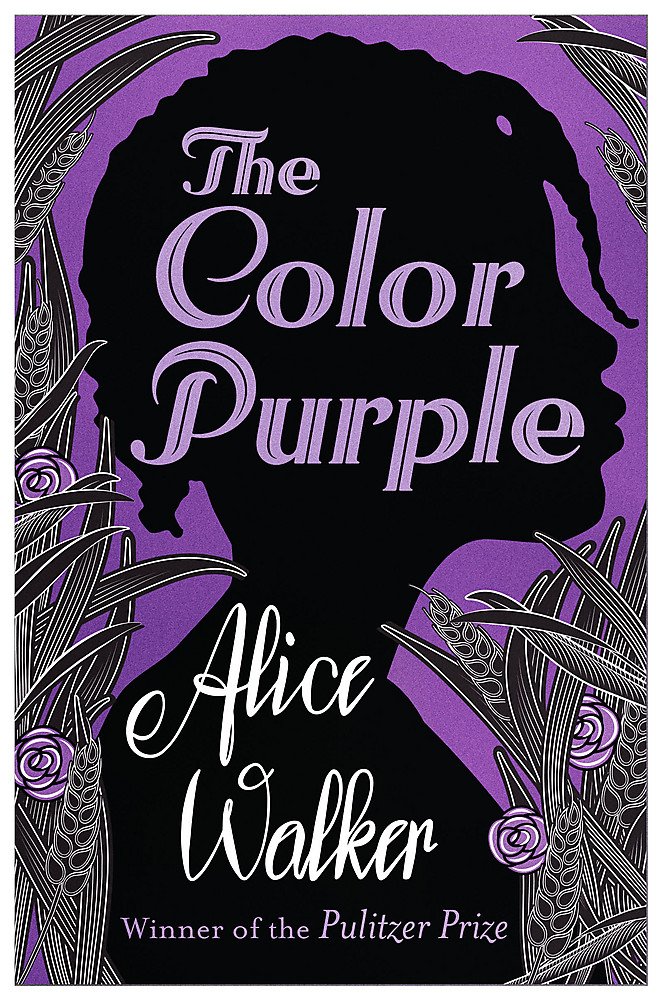
8. Beloved by Toni Morrison
Toni Morrison’s Beloved delves into the haunting legacy of slavery and its impact on African American identity.
The novel’s graphic depiction of brutality and its exploration of the supernatural have sparked both acclaim and controversy, leading to bans and discussions about historical representation.
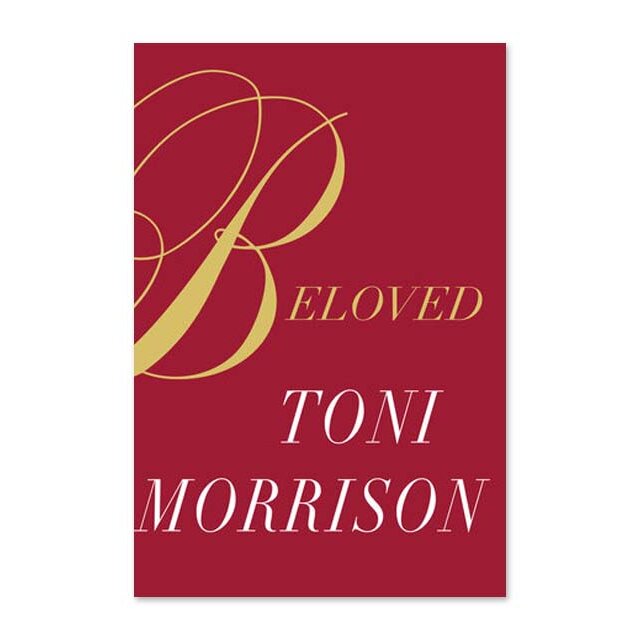
9. Ulysses by James Joyce
James Joyce’s modernist masterpiece, Ulysses, is celebrated for its intricate narrative style and exploration of the human psyche.
However, its explicit language and sexual content led to its ban in several countries upon its initial publication.
Despite the challenges, Ulysses has since gained recognition as a groundbreaking work that pushes the boundaries of literature and language.
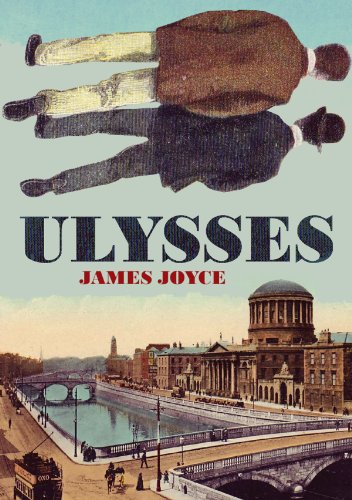
10. The Satanic Verses by Salman Rushdie
Salman Rushdie’s The Satanic Verses is a novel that ignited a firestorm of controversy due to its exploration of religion, culture, and identity.
The book’s perceived blasphemy led to death threats against Rushdie and bans in several countries with large Muslim populations.
The incident underscored the power of literature to evoke strong reactions and ignite debates about freedom of expression.
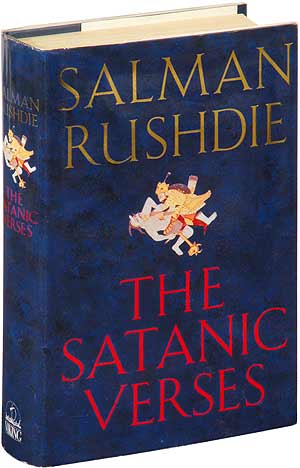
The Ongoing Battle for Freedom of Expression
The history of banned books is a testament to the ongoing struggle for freedom of expression and the diversity of human thought.
While many banned books have faced challenges and opposition, they have also inspired movements, legal battles, and cultural shifts that have contributed to expanding the boundaries of creativity and discourse.
Conclusion: Celebrating the Unconventional
As we conclude this exploration of the best and most popular banned books, we are reminded of the indomitable spirit of literature to challenge, provoke, and inspire.
These books have faced bans and challenges precisely because they dared to question norms, challenge authority, and delve into the depths of the human experience.
They remind us that great literature often emerges from the fringes, offering perspectives and narratives that may discomfort or disrupt, but ultimately enrich our understanding of the world.
In a society where censorship and suppression persist, it is crucial to champion the freedom to read and engage with diverse ideas.
Banned books continue to be a powerful reminder that the path of progress is often paved with dissent and controversy.
So, whether you choose to read them to explore new perspectives, challenge your own beliefs, or simply revel in their literary brilliance, these banned books beckon you to embark on a journey of intellectual exploration and discovery.
